The Utensil Polishing Machine is a buffing finishing machine for utensils, cookware and kitchenware. Low Price & High Quality & Free consultation from the manufacturer.
The utensil polishing machines utilize advanced technology to ensure an impeccable finish on every piece. The utensil polishing machines are a game-changing innovation that promises to streamline and enhance the process of polishing utensils.
Utensil Polishing Machine
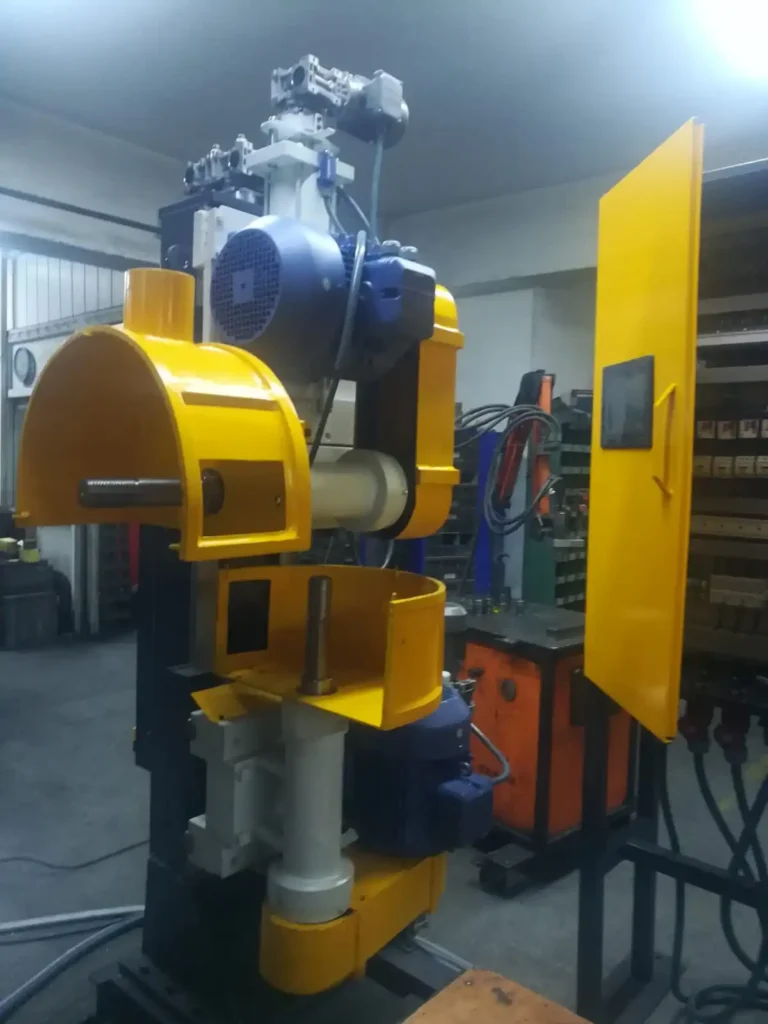
Utensil polishing machines are essential tools for restoring the shine and luster of kitchen utensils, enhancing their appearance and extending their lifespan. These machines utilize buffing wheels or mops impregnated with polishing compounds to remove scratches, imperfections, and oxidation, leaving behind a smooth, reflective finish.
Types of Utensil Polishing Machines
- Rotary Polishing Machines: These machines feature a rotating buffing wheel or mop that the operator holds against the utensil to achieve a uniform polish. They are suitable for polishing a variety of utensils, including pots, pans, cutlery, and cookware.
- Belt Polishing Machines: These machines have a continuous abrasive belt that the utensil passes through, providing a more consistent and automated polishing process. They are particularly well-suited for high-volume production or polishing large quantities of utensils.
- Buffing Robots: These advanced machines employ robotic arms to manipulate the utensil and apply polishing compounds, offering a high level of precision and automation. They are often used in large-scale manufacturing or industrial settings.
Components of Utensil Polishing Machines
- Spindle: The spindle rotates the buffing wheel, mop, or abrasive belt, providing the driving force for polishing.
- Polishing Wheel or Mop: These are the abrasive components that come into contact with the utensil. They are made from various materials, such as cotton, felt, or sisal, and are impregnated with polishing compounds.
- Polishing Compound: These compounds contain polishing agents, such as abrasives, lubricants, and extenders. They are applied to the buffing wheel or mop to achieve the desired polishing effect.
- Workpiece Holder or Fixture: This component securely holds the utensil in place while it is being buffed. It may be a simple clamp or a more complex fixture designed for specific utensil shapes or sizes.
- Dust Collection System: To prevent the spread of airborne dust and debris generated during the buffing process, utensil polishing machines often have a dust collection system. This typically consists of a hood, filter, and fan to capture and exhaust the particles.
Applications of Utensil Polishing Machines
- Commercial Kitchens: Restaurants, catering services, and institutional kitchens use utensil polishing machines to maintain the appearance and shine of their cookware and cutlery.
- Manufacturing and Production: Utensil manufacturers utilize utensil polishing machines to polish new products and restore the finish of refurbished items.
- Repair and Restoration: Antique and vintage utensil dealers and collectors use utensil polishing machines to restore the shine and luster of old utensils, enhancing their value.
- Home Use: Homeowners may invest in utensil polishing machines to maintain the appearance of their kitchen utensils and extend their lifespan.
Benefits of Utensil Polishing Machines
- Enhanced Appearance: Polishing restores the shine and luster of utensils, improving their visual appeal and making them more presentable.
- Extended Lifespan: By removing scratches and imperfections, polishing protects utensils from corrosion and wear, prolonging their usable life.
- Improved Hygiene: Smoother, polished surfaces are easier to clean and maintain, reducing the risk of bacterial growth and promoting food safety.
- Increased Value: Polished utensils, especially antique or vintage pieces, have a higher perceived value and can fetch a higher price in the market.
- Cost-Effectiveness: Investing in an utensil polishing machine can save money in the long run by reducing the need for frequent replacement of utensils.
Conclusion
Utensil polishing machines play a valuable role in maintaining the appearance, durability, and hygiene of kitchen utensils. By utilizing these machines, individuals and businesses can enhance the aesthetic appeal, extend the lifespan, and improve the functionality of their utensils, contributing to a more pleasant and hygienic culinary experience.
Its automated system eliminates human error and guarantees consistent results. An utensil polishing machine makes it an indispensable tool for both commercial kitchens and households alike. In today’s fast-paced world, the demand for efficiency and convenience has seeped into almost every aspect of our lives, including the kitchen.
Stainless steel utensils polishing machine is a staple in households and commercial kitchens due to their durability, hygiene, and elegant appearance. The utensil polishing machines and automatic buffing machines have emerged as a critical tool in the culinary industry.
This essay explores the significance and evolution of the utensil polishing machines, a key component of the automatic buffing machine stainless steel utensils, and stainless steel polishing machines process.
Not only does the utensil polishing machine save you precious time and effort, but it also enhances hygiene standards. By effectively removing dirt, grime, and bacteria from your utensils, it helps maintain a clean and safe kitchen environment for you.
Furthermore, this innovative automatic buffing machine offers versatility in its functionality. It can accommodate various types of utensils – from silverware to stainless steel pots and pans. It does that by ensuring that all your kitchen essentials receive equal attention.
Investing in a Utensil Polishing Machine
Investing in a utensil polishing machine is not only an investment in convenience but also an investment in long-term cost savings. By extending the lifespan of your utensils through regular maintenance with this machine. You reduce the need for frequent replacements or expensive professional cleaning services. The advent of utensil polishing machines has revolutionized kitchen efficiency by providing a hassle-free solution to achieving spotless and hygienic cookware. Embrace this technological advancement and experience the transformative power of effortless utensil polishing.
Utensil Polishing Machine or Automatic Buffing Machine
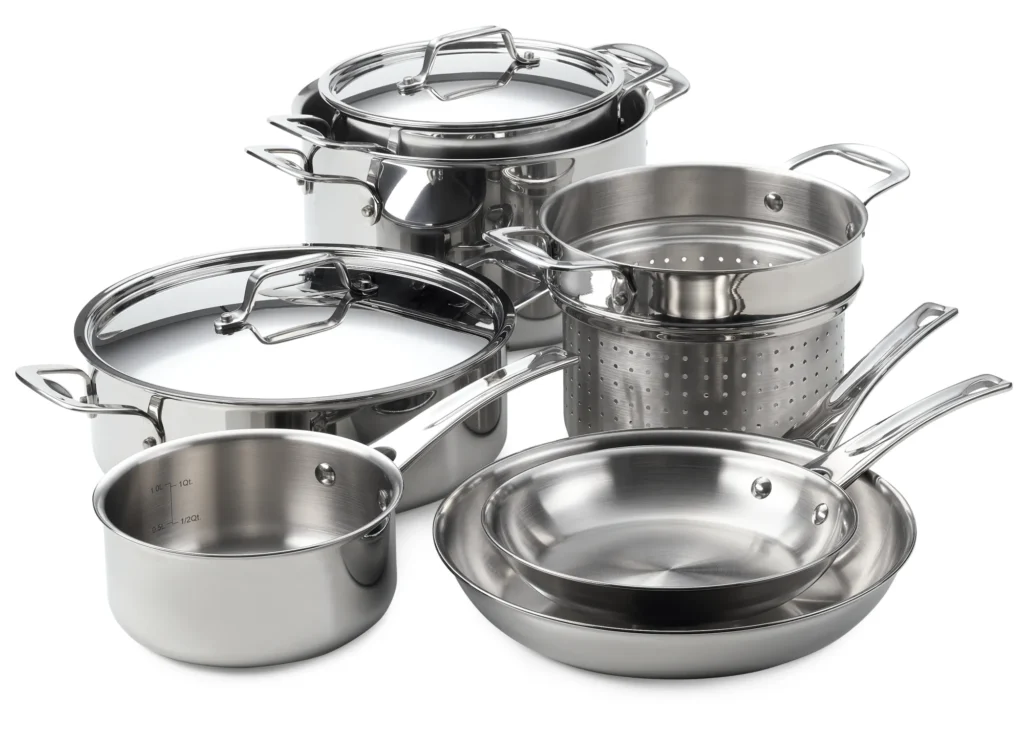
The automatic buffing machine is a specialized piece of equipment designed for the polishing and finishing of stainless steel utensils. This machine is a critical part of the stainless steel utensils polishing machine process. It serves as a reliable and efficient solution for achieving a flawless, mirror-like finish. Its primary purpose is to eliminate imperfections, scratches, and tarnishes on the surface of stainless steel utensils. An utensil polishing machine ensures that it remains both visually appealing and hygienic.
Automatic buffing machines were designed for stainless steel utensils polishing and come equipped with a range of features and functions to meet specific requirements. Modern automatic buffing machines offer precision control of the polishing process. Stainless steel utensils polishing machine allows users to adjust parameters like speed, pressure, and direction to achieve the desired level of finish.
These automatic metal polishing machines are equipped with rotating polishing wheels made of various materials, such as cotton, sisal, and abrasive compounds. The choice of wheel and compounds depends on the level of polishing required. Many of these machines incorporate safety features such as guards and emergency stop buttons to ensure the safety of the operators.
The automatic buffing machines are adaptable for various stainless steel utensils, including flatware, cookware, and kitchen equipment, making them versatile for both commercial and household applications. The history of stainless steel utensils polishing machines can be traced back to the industrial revolution when manual polishing was the only option available.
Over time, with advancements in technology, the process has evolved significantly. Automation not only reduced labor costs but also significantly improved the efficiency of the polishing process, resulting in a higher production rate and a consistent level of quality. The incorporation of safety features, such as guards and emergency stop buttons, has made the operation of automatic buffing machines safer for workers.
Deciding on a Utensil Polishing Machine
The automatic buffing machine for stainless steel utensils has become an indispensable tool in the culinary industry. Its ability to automate and enhance the polishing process has not only improved efficiency. But utensil polishing machine has also raised the overall quality of stainless steel utensils. As technology continues to advance, these utensil polishing machines will likely become even more efficient and versatile.
The stainless steel utensils polishing machine serves as an essential component in maintaining the enduring appeal and functionality of stainless steel kitchenware. Whether in a home kitchen or a commercial setting, the automatic buffing machine stainless steel utensils have proven itself as an essential asset in the pursuit of culinary excellence.
Investing in a utensil polishing machine is not only a wise business decision but also an investment in long-term cost savings. By reducing labor costs associated with manual polishing and minimizing potential damage to expensive cutlery sets. This innovative automatic buffing machine pays for itself over time.
By automating this process, you can ensure consistent quality across all your polishing stainless steel utensils. An essential factor for businesses that prioritize presentation and customer satisfaction. Additionally, the utensil polishing machine reduces the risk of accidental damage or scratches that can occur during manual polishing.
The benefits of stainless steel utensils polishing machines extend beyond just convenience and longevity. The utensil polishing machine promotes hygiene by eliminating bacteria that may be lurking on improperly cleaned utensils. Its thorough cleaning process leaves no room for germs to thrive by giving you peace of mind when preparing meals for yourself or loved ones.
Whether you’re a professional chef looking to streamline operations in a bustling restaurant kitchen or a busy homemaker seeking efficiency in your daily cooking routine, the utensil polishing machine is an investment worth considering.
Types of Polishing and Buffing Machines
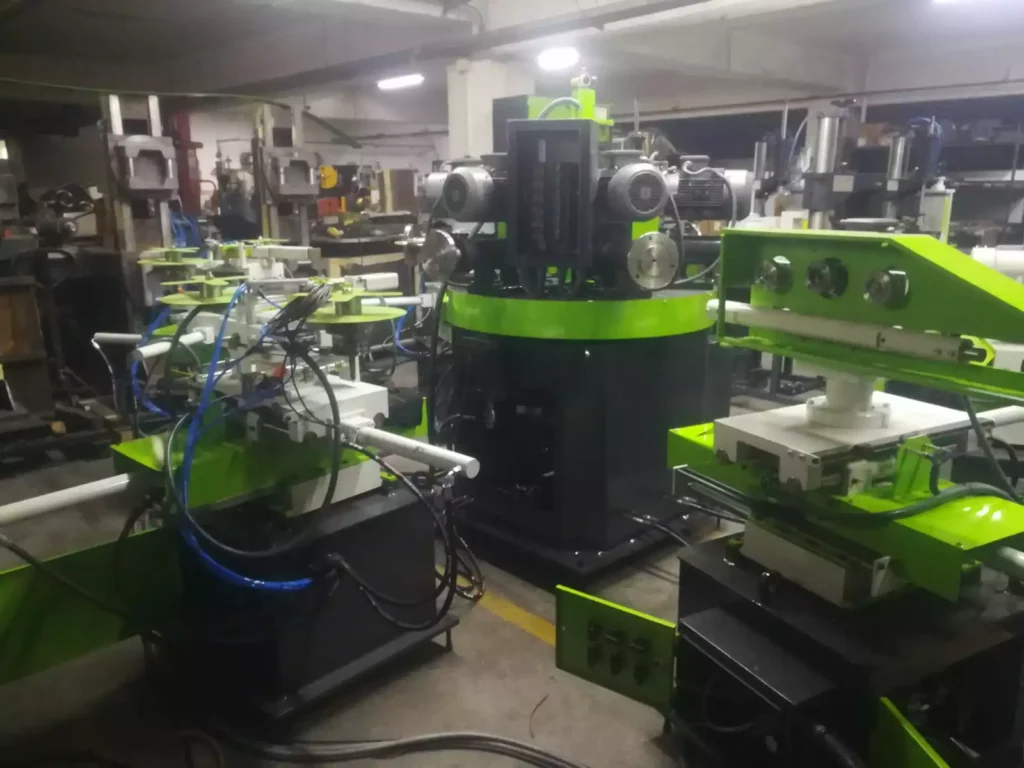
Manual Machines
Manual polishing and buffing machines are the most basic type, requiring direct human operation. These machines are suitable for small-scale operations and tasks that need a hands-on approach. They are typically used for intricate work where precision and control are paramount.
Key Features:
- Simple design and operation.
- Cost-effective for small jobs.
- Ideal for detailed and delicate work.
Applications:
- Jewelry and watchmaking.
- Small metal parts in the automotive and aerospace industries.
Semi-Automatic Machines
Semi-automatic polishing and buffing machines combine manual and automated features. They allow for greater control over the process while improving efficiency compared to fully manual machines. Operators can set parameters and oversee the operation, making adjustments as necessary.
Key Features:
- Enhanced control with automated functions.
- Increased efficiency and throughput.
- Suitable for medium-scale operations.
Applications:
- Mid-sized manufacturing units.
- Complex parts requiring a balance of manual oversight and automation.
CNC (Computer Numerical Control) Machines
CNC polishing and buffing machines represent the pinnacle of automation and precision in surface finishing. These machines use computer-controlled systems to manage the movement and operation of polishing tools with high accuracy. CNC machines are highly programmable, allowing for the automation of complex and repetitive tasks.
Key Features:
- High precision and repeatability.
- Ability to handle complex shapes and surfaces.
- Programmable for different tasks and materials.
Benefits:
- Consistent and high-quality finishes.
- Reduced labor costs and increased productivity.
- Flexibility in manufacturing processes.
Applications:
- Aerospace components.
- High-end automotive parts.
- Medical devices and implants.
NC (Numerical Control) Machines
NC machines, while similar to CNC machines, are generally less sophisticated and do not offer the same level of flexibility and automation. They are controlled by pre-set instructions but lack the advanced programmability of CNC systems.
Key Features:
- Automated control with limited programmability.
- Suitable for less complex tasks.
- Cost-effective compared to CNC machines.
Applications:
- Standardized parts in automotive and metalworking industries.
- Tasks that do not require frequent changes in setup.
Applications of Polishing and Buffing Machines

Automotive Industry
In the automotive industry, polishing and buffing are essential for achieving high-quality finishes on car parts. This includes the polishing of body panels, trim pieces, and engine components to enhance both aesthetics and performance.
Key Uses:
- Surface finishing of body panels.
- Polishing of chrome and aluminum trim.
- Buffing of engine and transmission parts.
Aerospace Industry
The aerospace industry demands the highest standards of precision and quality. Polishing and buffing are critical for ensuring the smooth surfaces necessary for aerodynamics and the performance of critical components.
Key Uses:
- Polishing turbine blades and engine parts.
- Finishing structural components for reduced drag.
- Ensuring the integrity of critical safety parts.
Metalworking Industry
In metalworking, polishing and buffing machines are used to finish metal parts, improving their appearance, resistance to corrosion, and overall quality.
Key Uses:
- Buffing of steel and aluminum parts.
- Finishing of tools and machinery components.
- Surface preparation for coating and painting.
Jewelry and Watchmaking
Precision and aesthetic appeal are paramount in jewelry and watchmaking. Polishing and buffing machines ensure that each piece has a flawless finish.
Key Uses:
- Polishing of precious metals and gemstones.
- Buffing intricate watch parts.
- Achieving high-shine finishes on jewelry.
Electronics Industry
In the electronics industry, surface preparation is crucial for the functionality and longevity of components. Polishing and buffing machines are used to prepare surfaces for assembly and coating.
Key Uses:
- Polishing of semiconductor wafers.
- Buffing of electronic enclosures and cases.
- Surface preparation for circuit boards.
Medical Device Manufacturing
The medical industry relies on highly polished surfaces for both functionality and hygiene. Polishing and buffing machines ensure that surgical instruments and implants meet stringent standards.
Key Uses:
- Polishing surgical instruments.
- Finishing orthopedic implants.
- Ensuring biocompatibility of medical devices.
Consumer Goods
Polishing and buffing are also used in the production of consumer goods, enhancing the aesthetic appeal and durability of everyday items.
Key Uses:
- Finishing of household appliances.
- Polishing of kitchen utensils and cutlery.
- Buffing of decorative items and hardware.
Production Process of Polishing and Buffing Machines
Design and Engineering
The production of polishing and buffing machines begins with design and engineering. This involves conceptualizing the machine, creating detailed CAD models, and planning the manufacturing process.
Steps:
- Conceptual design and feasibility studies.
- Detailed engineering using CAD software.
- Prototype development and testing.
Material Selection
Selecting the right materials is crucial for the durability and performance of polishing and buffing machines. Common materials include high-grade steels, aluminum alloys, and composite materials for specific parts.
Considerations:
- Durability and wear resistance.
- Weight and strength.
- Compatibility with various polishing materials.
Manufacturing Techniques
Manufacturing polishing and buffing machines involves several techniques, including machining, welding, assembly, and quality control. Each step is critical to ensuring the final product meets industry standards.
Techniques:
- CNC machining of components.
- Welding and fabrication of the machine frame.
- Assembly of mechanical and electronic parts.
- Rigorous testing and quality assurance.
Quality Control
Quality control is an integral part of the production process, ensuring that each machine meets the required specifications and performs reliably.
Methods:
- In-process inspections.
- Final testing of performance and safety.
- Certification to industry standards.
Materials Polished with Industrial Machines
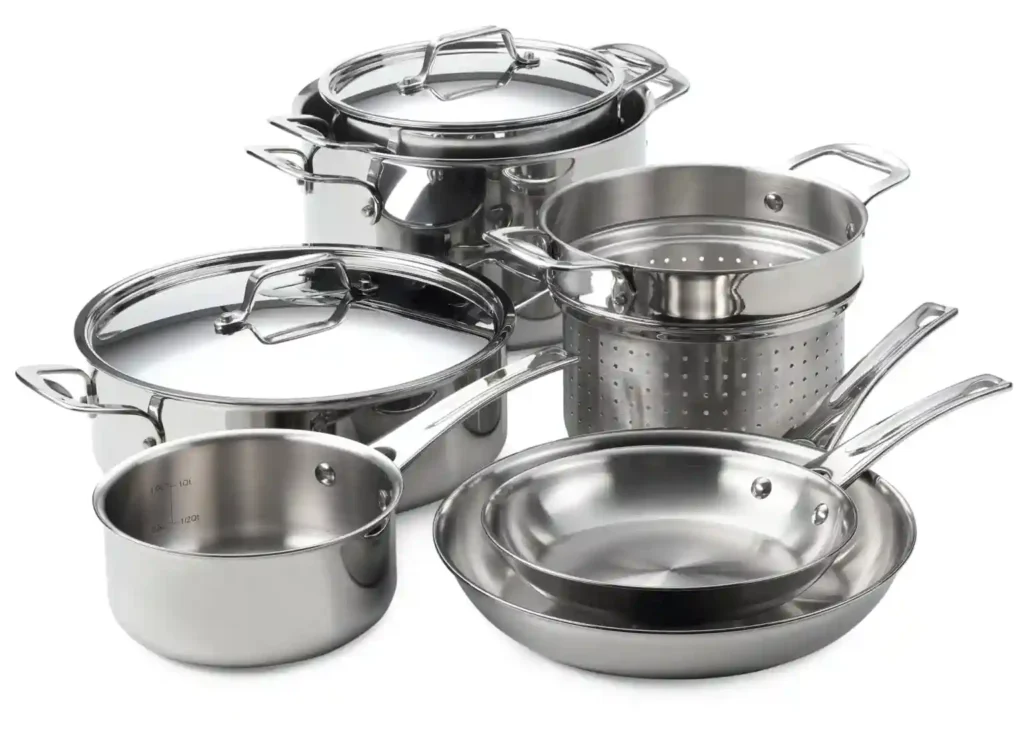
Metals
Metals are the most common materials polished with industrial machines. This includes a wide range of metals used in various industries.
Examples:
- Stainless steel.
- Aluminum.
- Brass.
- Titanium.
Plastics
Certain types of plastics can also be polished to achieve a smooth and glossy finish, particularly in the electronics and consumer goods industries.
Examples:
- Acrylics.
- Polycarbonates.
- PVC.
Wood
Polishing wood can enhance its natural beauty and protect it from damage. This is commonly done in furniture making and decorative items.
Examples:
- Hardwood (oak, mahogany).
- Softwood (pine, cedar).
- Engineered wood (plywood, MDF).
Ceramics and Glass
Polishing ceramics and glass is delicate work that requires specialized techniques to avoid cracking and chipping.
Examples:
- Fine china.
- Glassware.
- Porcelain tiles.
Composites
Composites are used in advanced industries such as aerospace and automotive. Polishing these materials requires specialized equipment to handle their unique properties.
Examples:
- Carbon fiber.
- Fiberglass.
- Kevlar.
Advantages of Using CNC and NC Machines
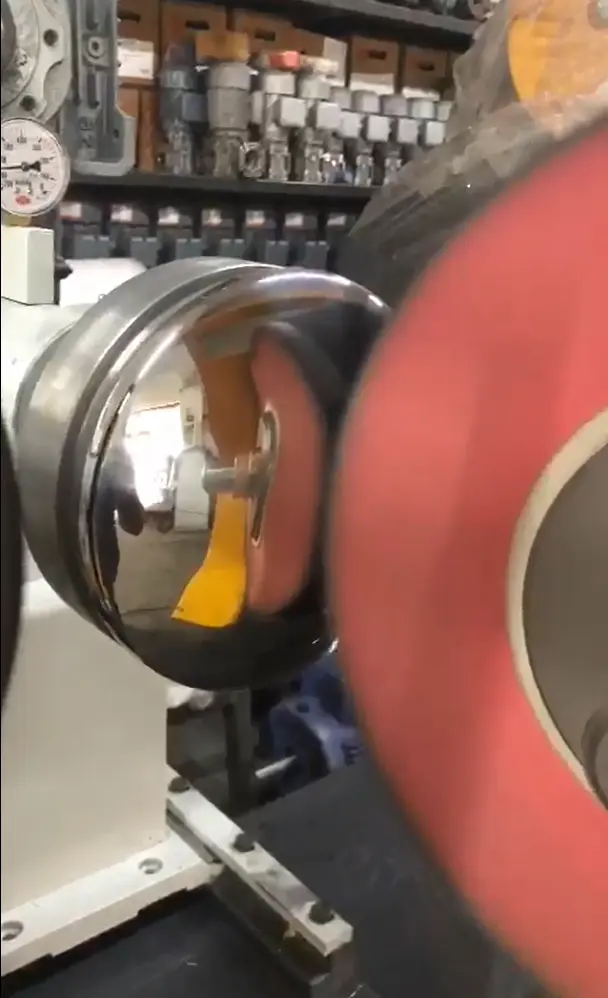
Precision and Consistency
CNC and NC machines offer unmatched precision and consistency, ensuring that each part meets exact specifications.
Benefits:
- Uniform finishes across large batches.
- High accuracy in complex geometries.
- Reduced human error.
Efficiency and Speed
These machines significantly reduce processing times, increasing overall productivity and allowing for faster turnaround times.
Benefits:
- Rapid processing of parts.
- Increased throughput.
- Shorter lead times.
Automation and Flexibility
Automation allows for continuous operation and the ability to handle multiple tasks without manual intervention.
Benefits:
- Customizable for various tasks.
- Minimal supervision required.
- Adaptable to different materials and shapes.
Cost-effectiveness
While the initial investment in CNC and NC machines can be high, the long-term savings in labor and increased efficiency make them cost-effective.
Benefits:
- Lower labor costs.
- High return on investment.
- Reduced material waste.
Challenges and Considerations
Initial Investment Costs
The cost of purchasing and installing CNC and NC machines can be significant, making it a major consideration for businesses.
Factors:
- Budgeting for high-quality machinery.
- Evaluating long-term benefits versus initial costs.
Maintenance and Upkeep
Regular maintenance is essential to ensure the longevity and performance of these machines.
Considerations:
- Scheduled maintenance and repairs.
- Availability of spare parts.
- Training for maintenance personnel.
Training and Skilled Labor
Operating CNC and NC machines requires skilled operators who understand the intricacies of programming and machine control.
Considerations:
- Investing in operator training.
- Ensuring continuous education on new technologies.
- Retaining skilled labor.
Technological Advancements
Keeping up with the latest advancements in technology is crucial for maintaining a competitive edge.
Considerations:
- Upgrading machinery and software.
- Staying informed about industry trends.
- Investing in research and development.
Future Trends in Polishing and Buffing Technology
Advancements in Automation and AI
The integration of artificial intelligence in polishing and buffing machines is set to revolutionize the industry by enhancing precision and efficiency.
Trends:
- AI-driven process optimization.
- Predictive maintenance using machine learning.
- Autonomous operation and monitoring.
Sustainable Practices
Sustainability is becoming increasingly important in manufacturing, with a focus on eco-friendly materials and processes.
Trends:
- Use of recyclable materials.
- Energy-efficient machinery.
- Reduction of waste and emissions.
Integration with Industry 4.0
Industry 4.0 involves the integration of smart technologies and IoT in manufacturing processes, providing real-time data and improving overall efficiency.
Trends:
- Smart manufacturing systems.
- Real-time monitoring and analytics.
- Enhanced connectivity and automation.
Conclusion
Industrial polishing and buffing machines play a vital role in various industries, ensuring that products meet the highest standards of quality and performance. From manual to advanced CNC and NC machines, each type offers unique benefits and is suited to different applications. Understanding the production processes, materials, and advantages of these machines is essential for businesses looking to improve their manufacturing capabilities. As technology continues to evolve, the future of polishing and buffing machines looks promising, with advancements in automation, sustainability, and smart manufacturing paving the way for more efficient and effective production methods.
By investing in the right equipment and staying informed about industry trends, manufacturers can achieve superior finishes, reduce costs, and maintain a competitive edge in their respective markets.
